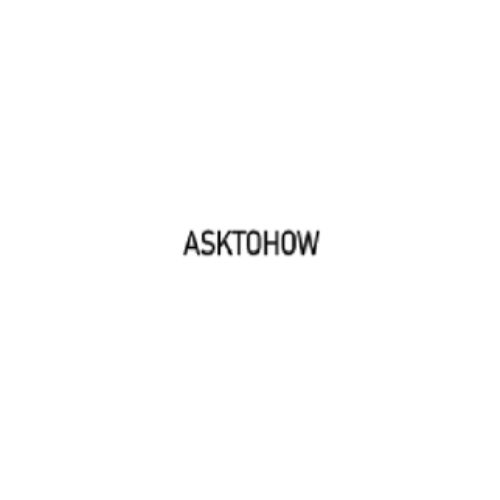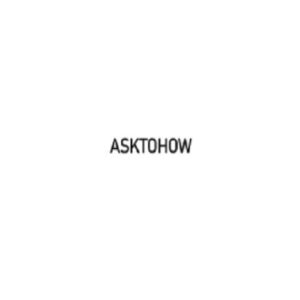In the culinary world, precision is key to achieving the perfect dish. Whether you’re a seasoned chef or a novice cook, understanding measurements is essential for creating delicious and consistent results. One common conversion that often comes up is the conversion of grams to cups, particularly when dealing with various ingredients of different densities. Let’s explore the conversion of 100 grams to cups, unraveling the mystery behind this culinary equation.
Understanding the Challenge: Density Matters
The reason converting grams to cups can be a bit tricky is due to the varying densities of different ingredients. Grams are a unit of weight, while cups are a unit of volume. Therefore, the conversion depends on the substance being measured. A dense ingredient will require less space in a cup compared to a less dense ingredient.
The Essentials of Conversion: Common Ingredients
Let’s break down the conversions of 100 grams to cups for a few common ingredients:
1. Flour:
100 grams of all-purpose flour is approximately 0.7 cups. This conversion is an average estimate and can vary based on factors like how the flour is packed.
2. Granulated Sugar:
100 grams of granulated sugar is about 0.5 cups. The finer texture of sugar allows it to settle more densely in a cup.
3. Butter:
100 grams of butter converts to approximately 0.44 cups. Butter is a dense ingredient due to its high fat content.
4. Water:
100 grams of water is roughly 0.42 cups. Water has a consistent density and is often used as a baseline for conversions.
5. Oats:
For rolled oats, 100 grams equals roughly 1 cup. The larger flakes of oats occupy more space in a cup.
6. Nuts:
For whole almonds, 100 grams is approximately 0.67 cups. Nuts can have varying densities based on their size and moisture content.
The Fine Print: Variables and Precision
It’s important to note that the conversions provided are approximations. The exact conversion can be influenced by factors such as how ingredients are packed, their moisture content, and even the measuring cups you’re using. For absolute precision, investing in a kitchen scale is a wise choice. A scale allows you to measure ingredients in grams directly, eliminating the need for conversions and ensuring accurate results.
Mastering Your Measurements: Tips for Success
Invest in a Scale: A kitchen scale is a valuable tool for any cook. It allows you to measure ingredients in grams, ensuring accuracy and consistency in your dishes.
Use the Right Tools: Different ingredients require different measuring cups. Dry ingredient cups and liquid measuring cups are not the same, so be sure to use the appropriate one for the ingredient you’re measuring.
Fluff and Level: When measuring dry ingredients like flour, fluff the ingredient with a spoon, gently spoon it into the measuring cup, and level it off for a more accurate measurement.
In the culinary realm, precision transforms recipes into masterpieces. While converting 100 grams to cups involves a bit of mathematics, understanding the principles behind it empowers you to create culinary delights with confidence. Remember, accuracy is your ally in the kitchen, and a little attention to detail goes a long way in achieving gastronomic excellence.














